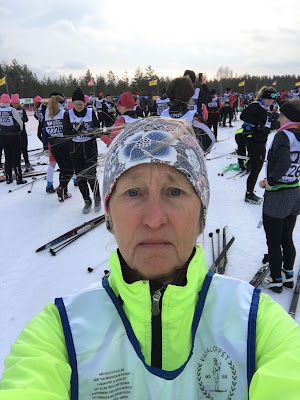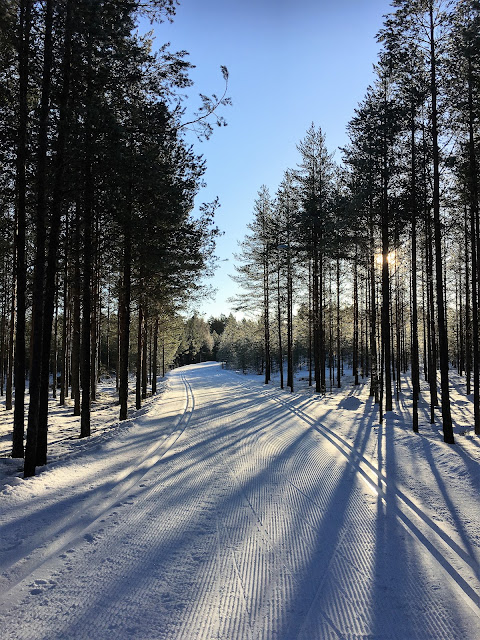Orienteering

It is now the tail end of winter, and I will write about what I did to complement my training last summer in Sweden: orienteering. Orienteering is fairly popular in Sweden. It is so important to enjoy the workouts, and orienteering is perfect for longer runs. Running through forest and on rough trails is hard and demands stability in the ankles. A lot of small muscles are used in the constantly varied terrain. During my last orienteering, I had an average heart rate of 147 and topped at 172, during the 40 minutes race. Being focused on the map and finding checkpoints, I did hardly notice how hard the body was working. Of course, if you are a beginner, you may be walking more than running as those controls are hard to find... It is interesting that an average orienteering race in Sweden only costs about 20 dollars to enter. For that you get a professionally drawn special map, a course set in the forest designed for your age group and ability (there are hundreds of different checkpo





